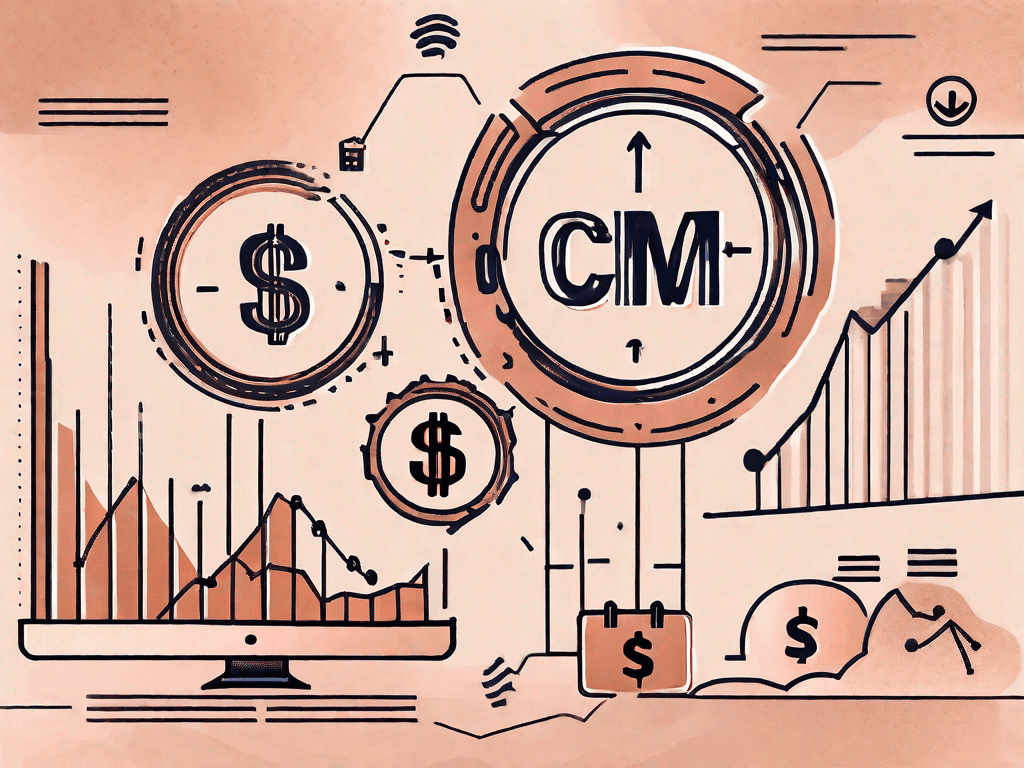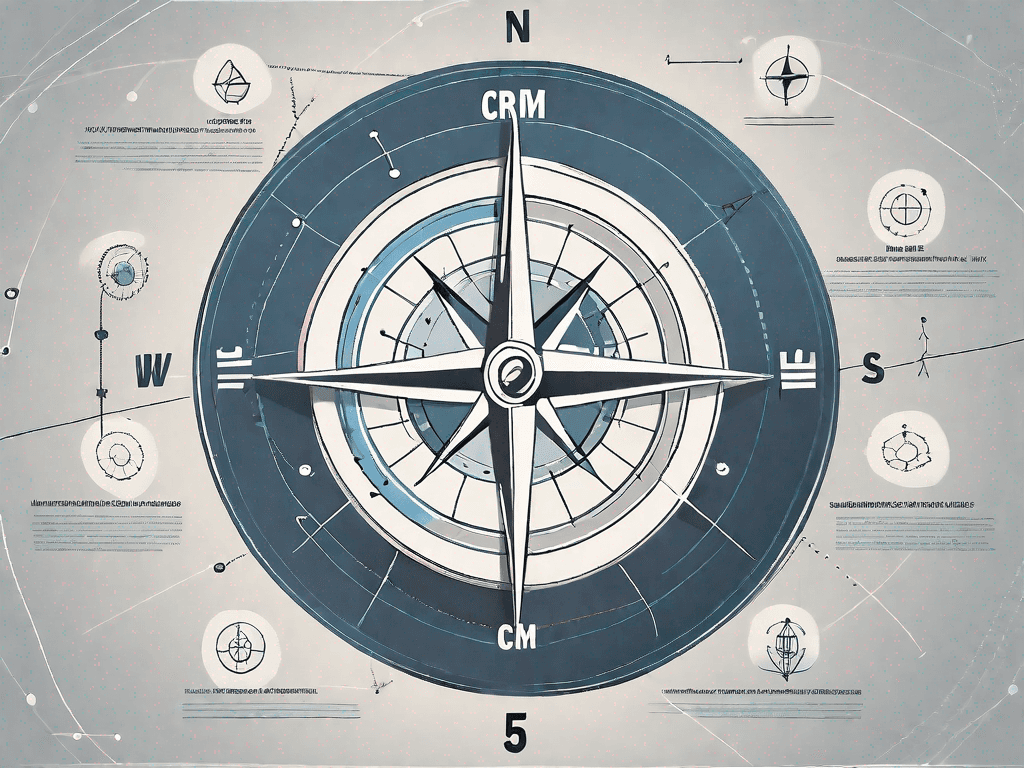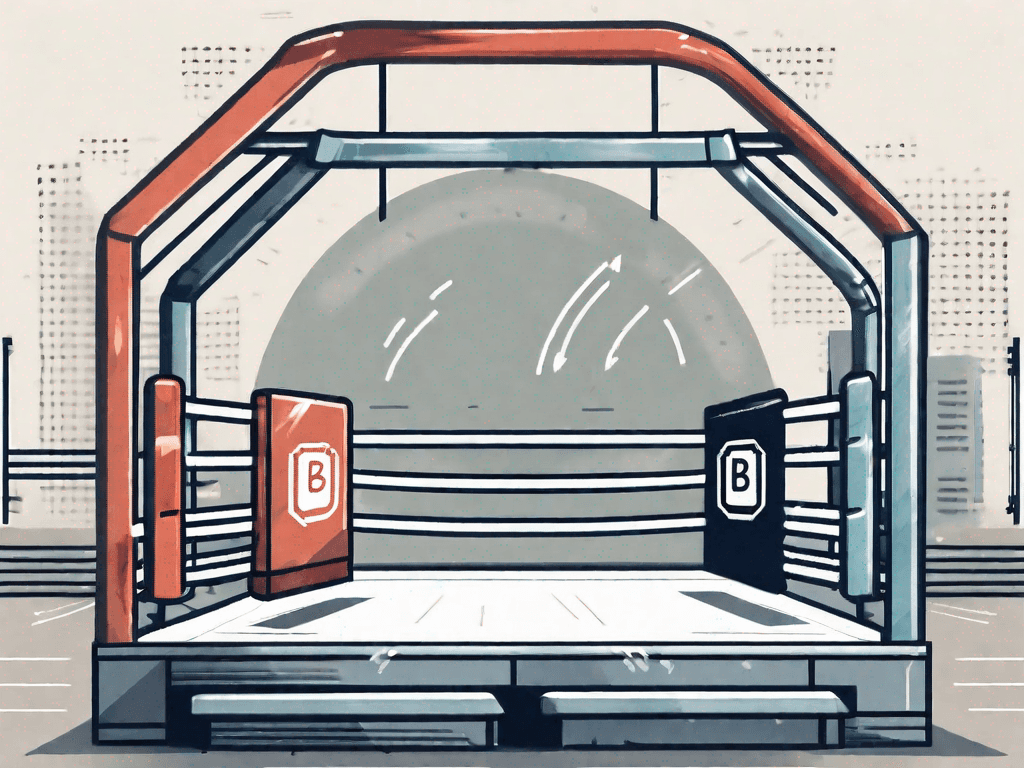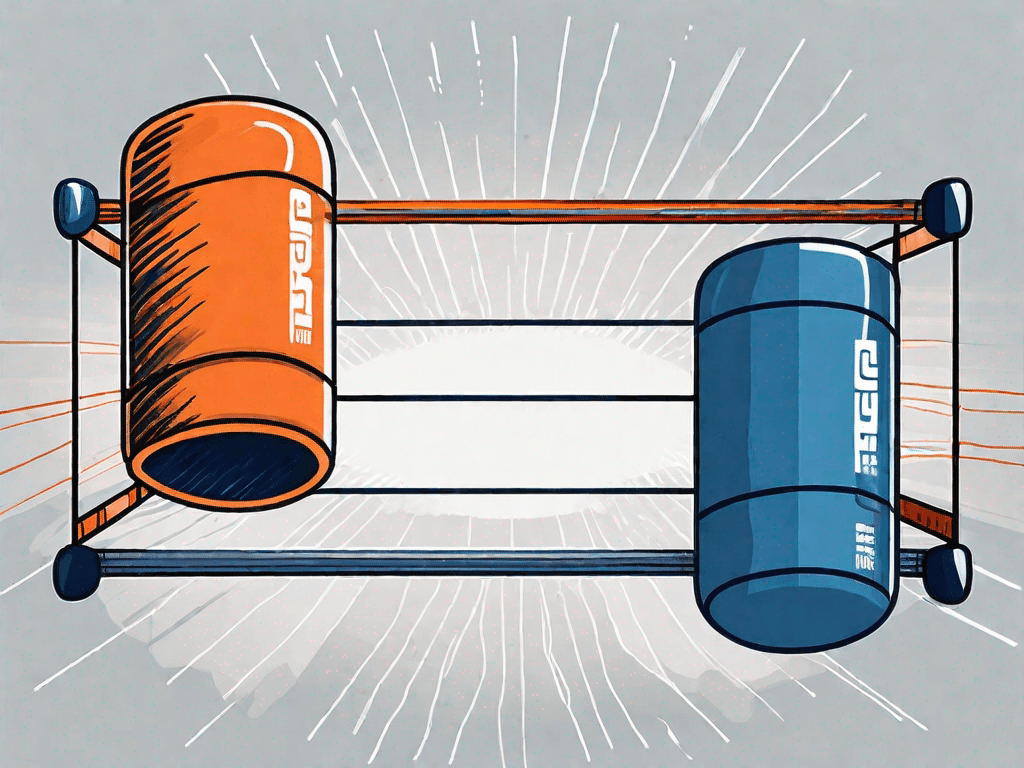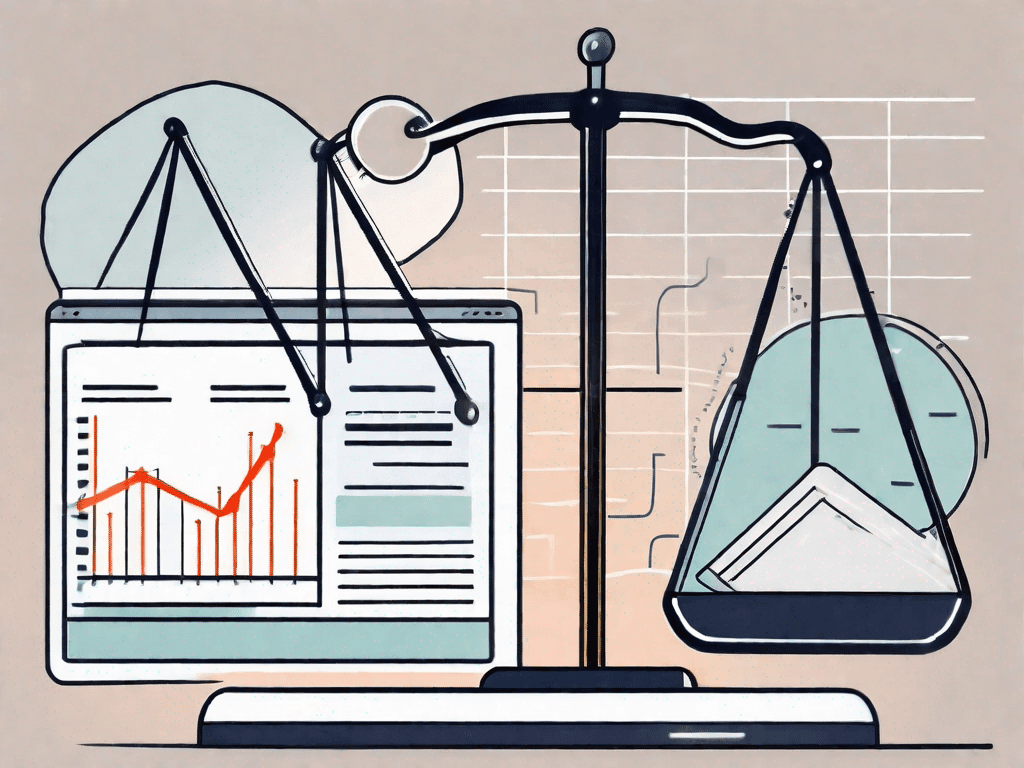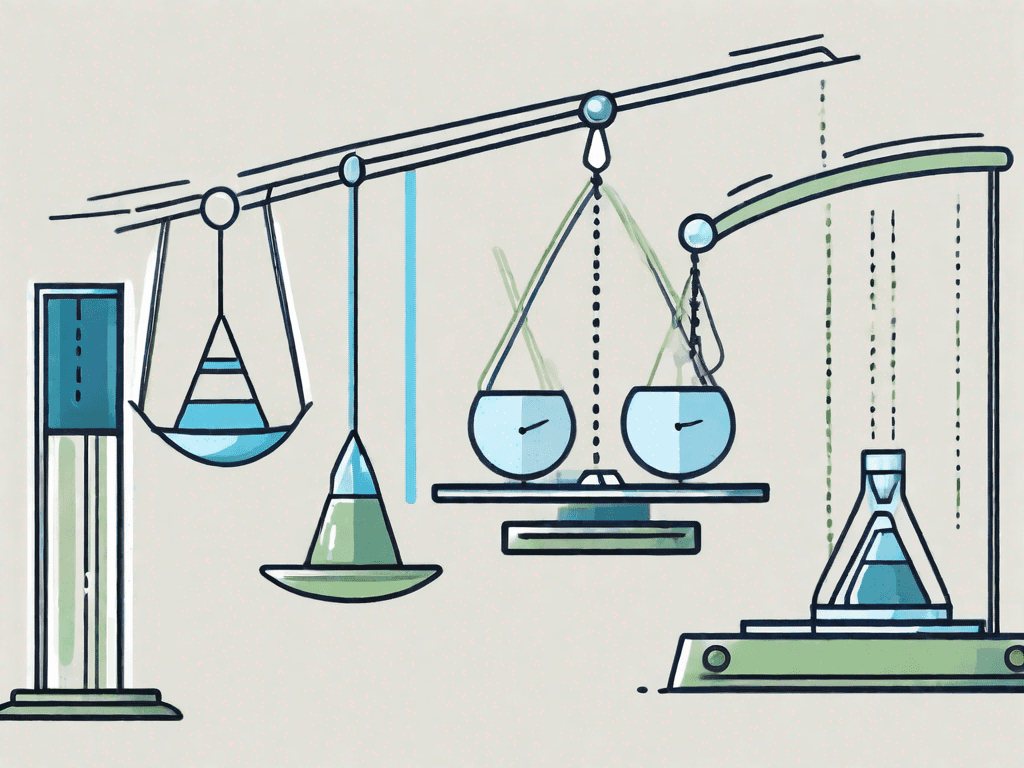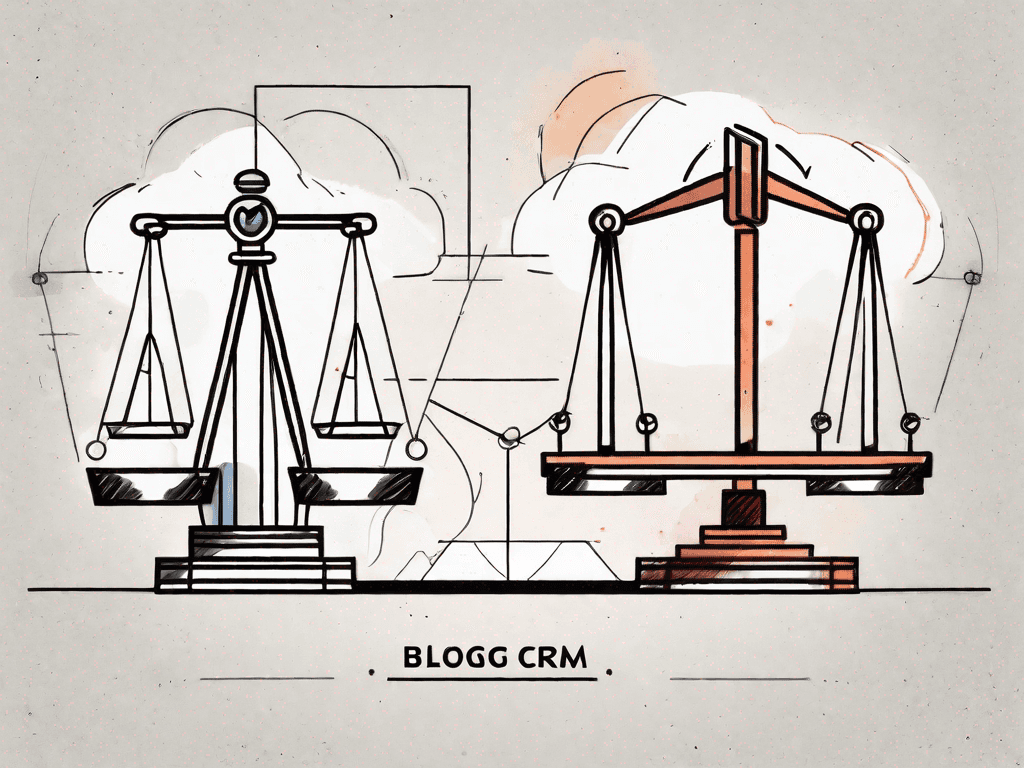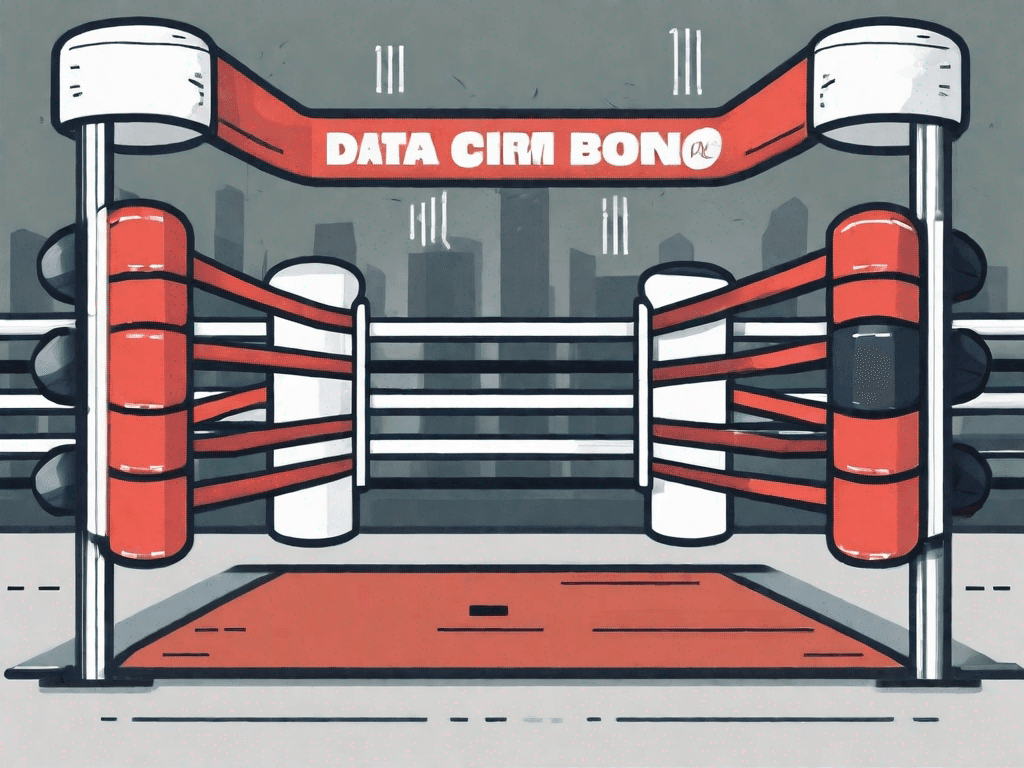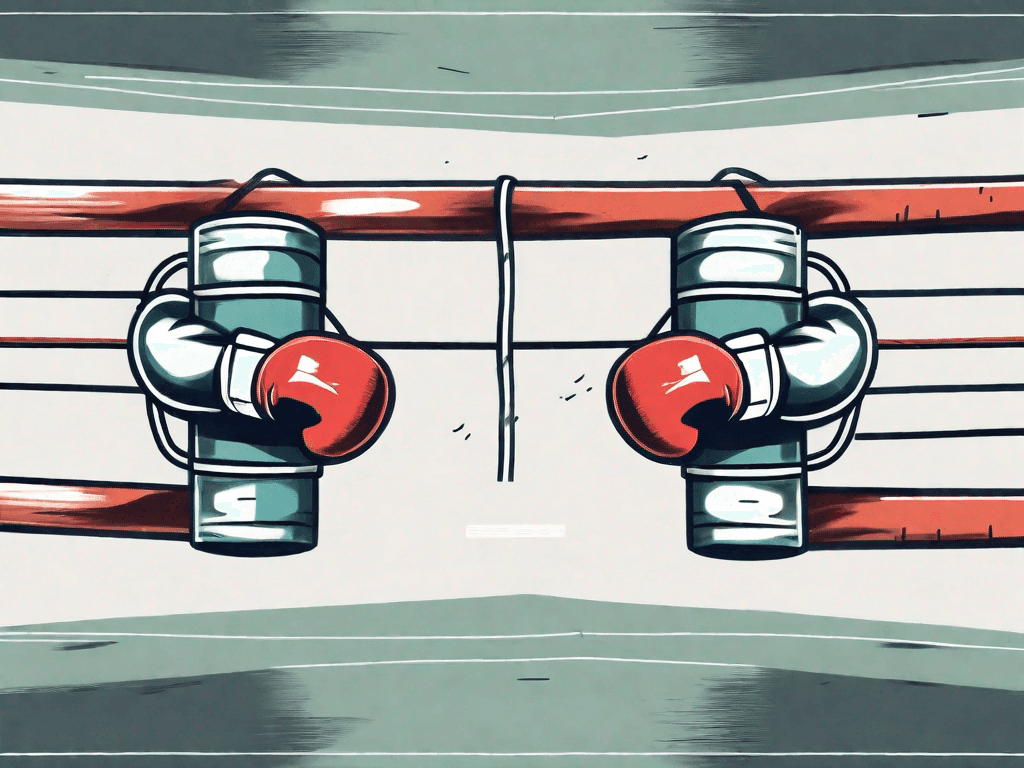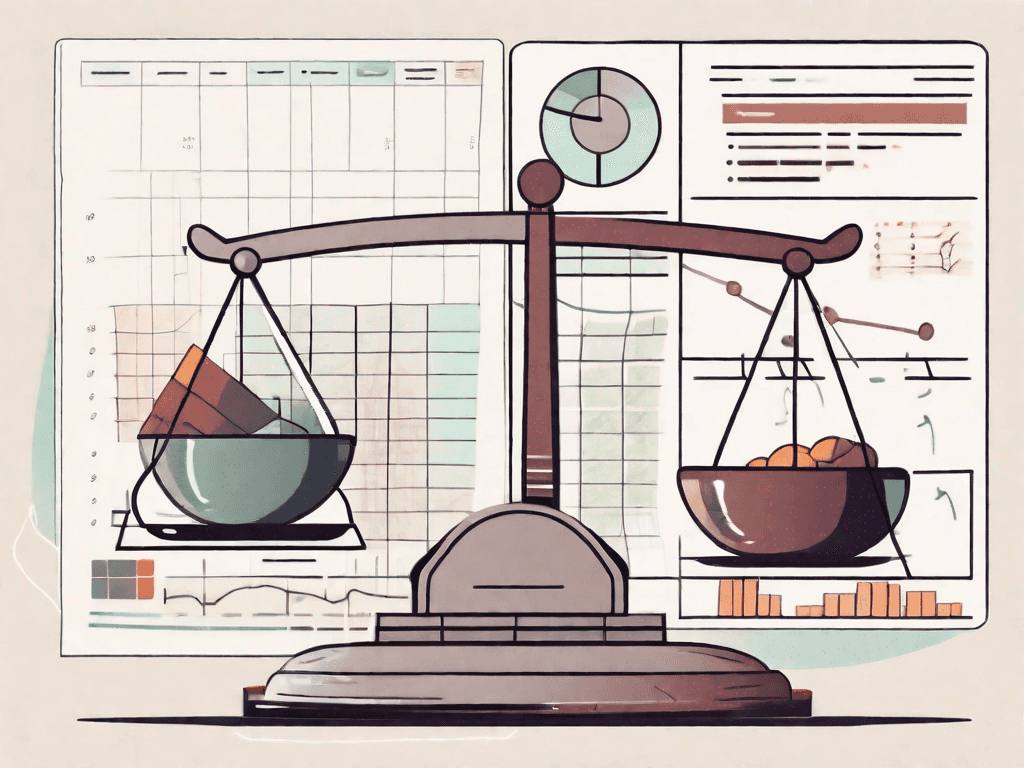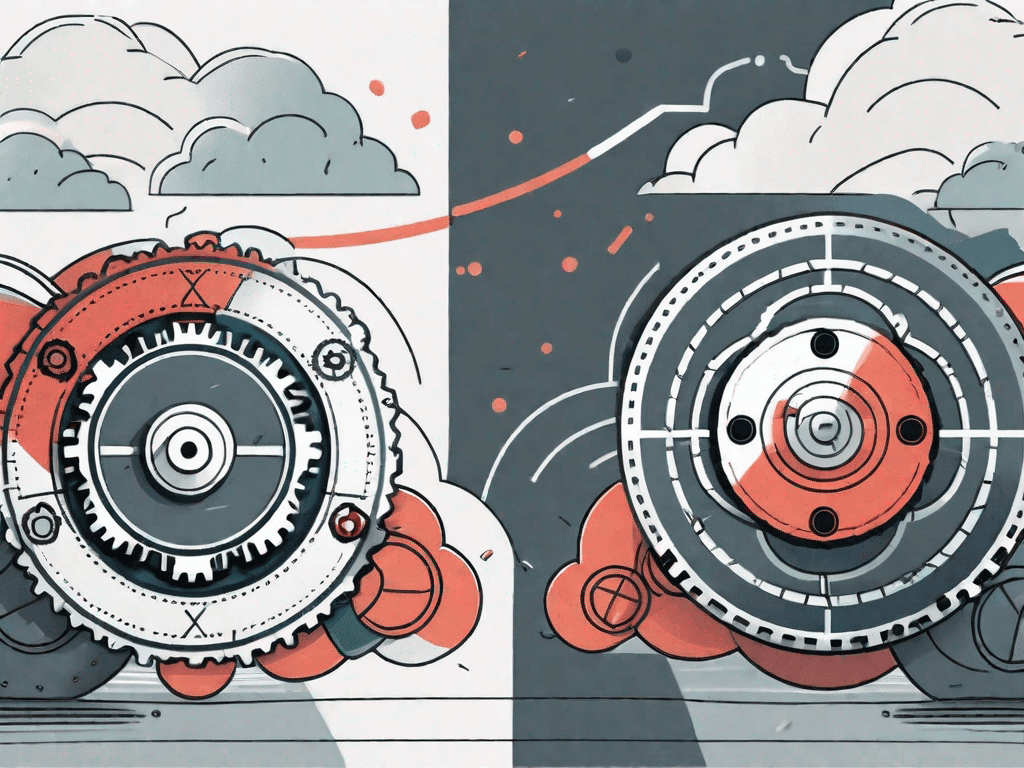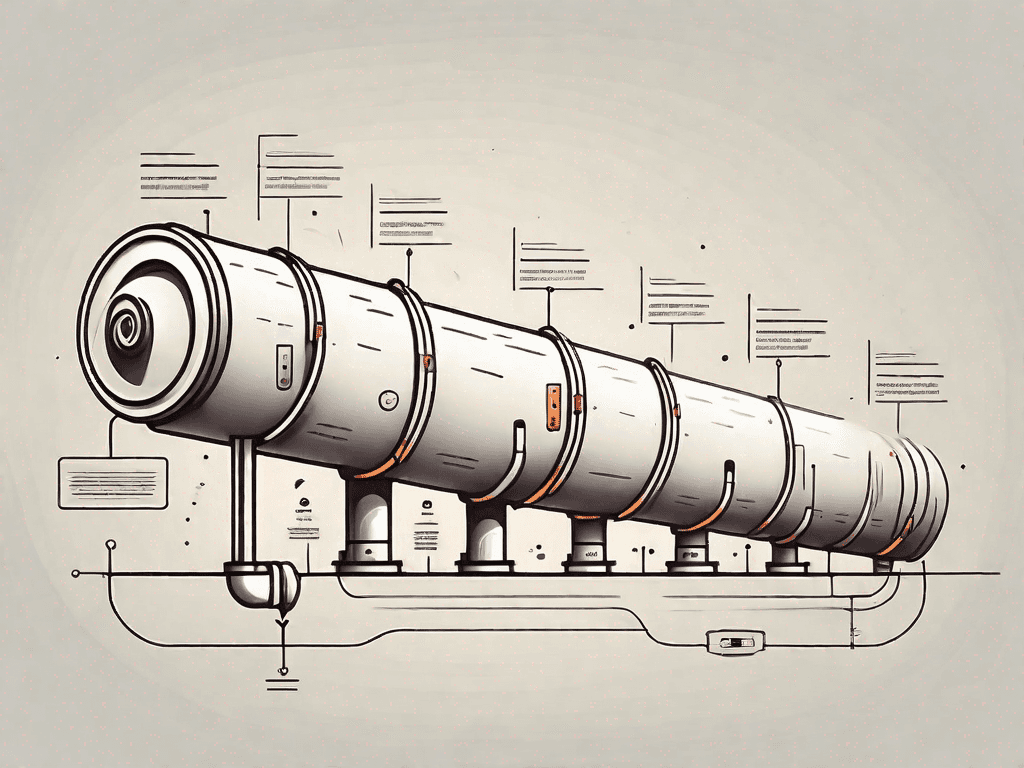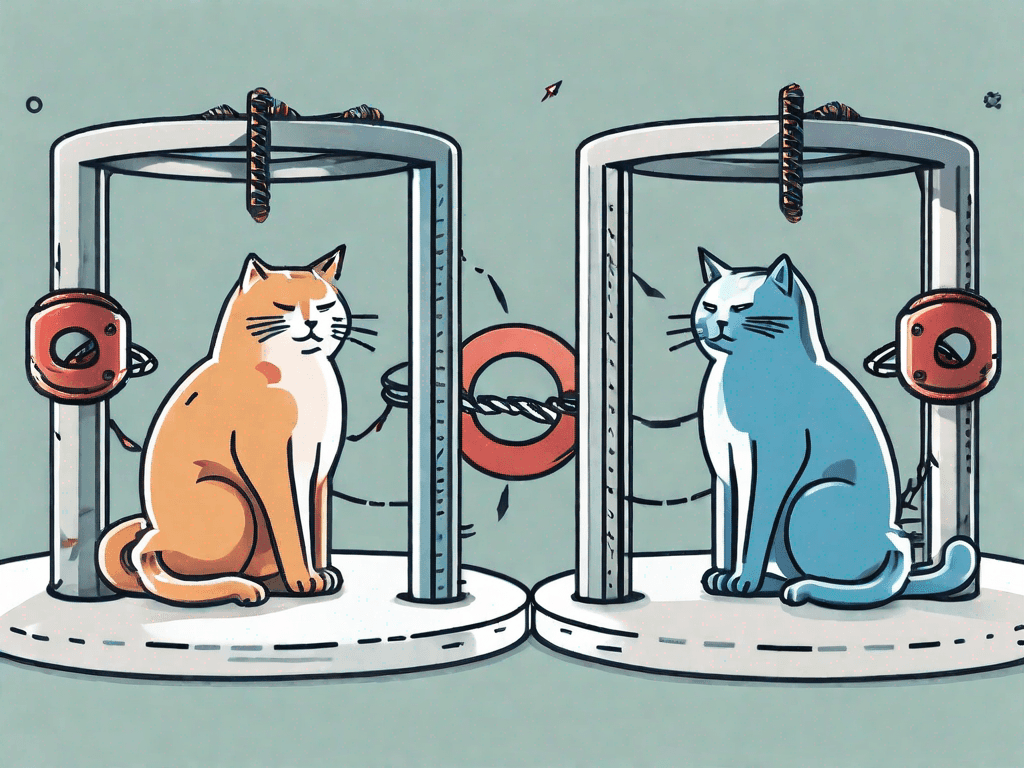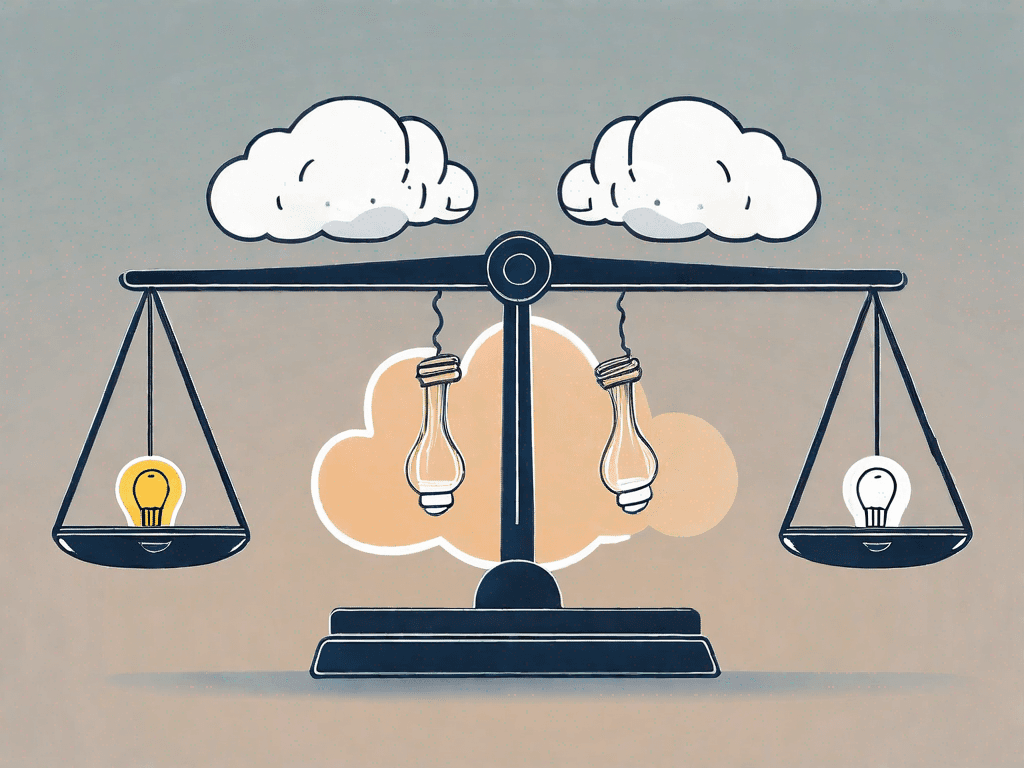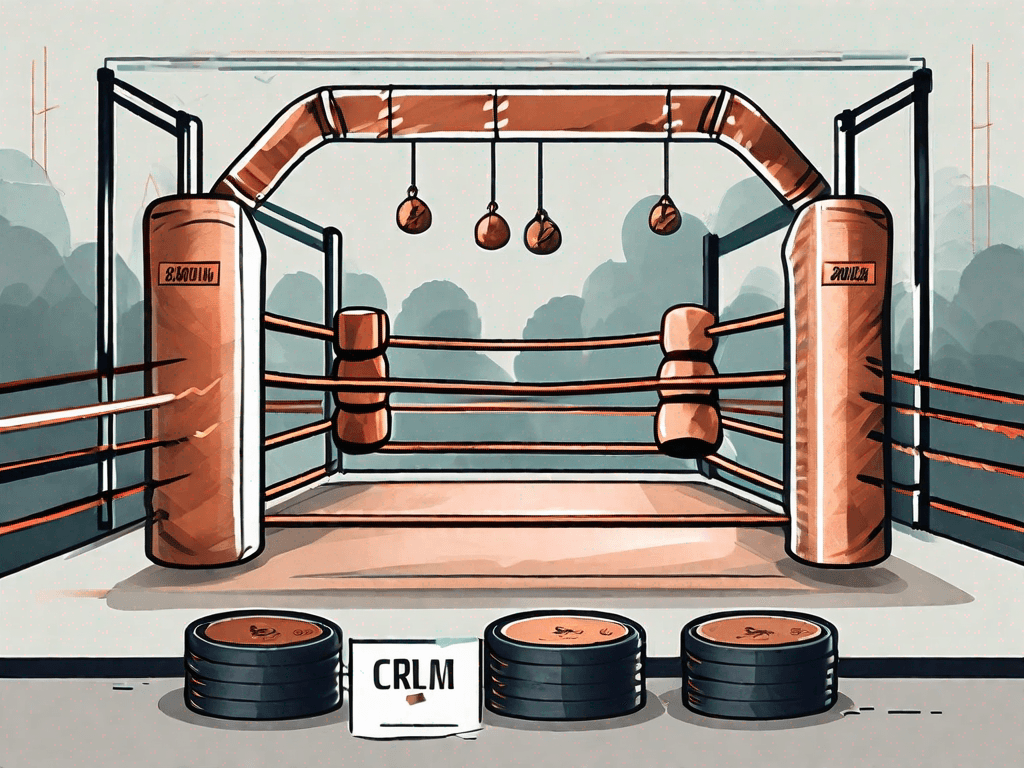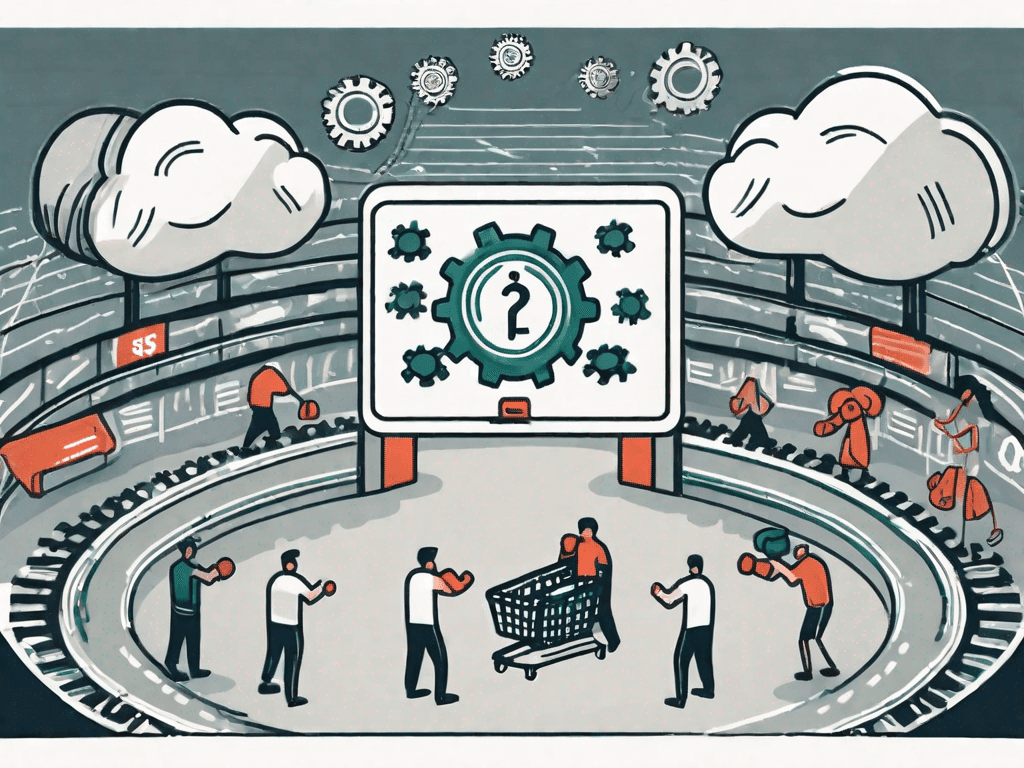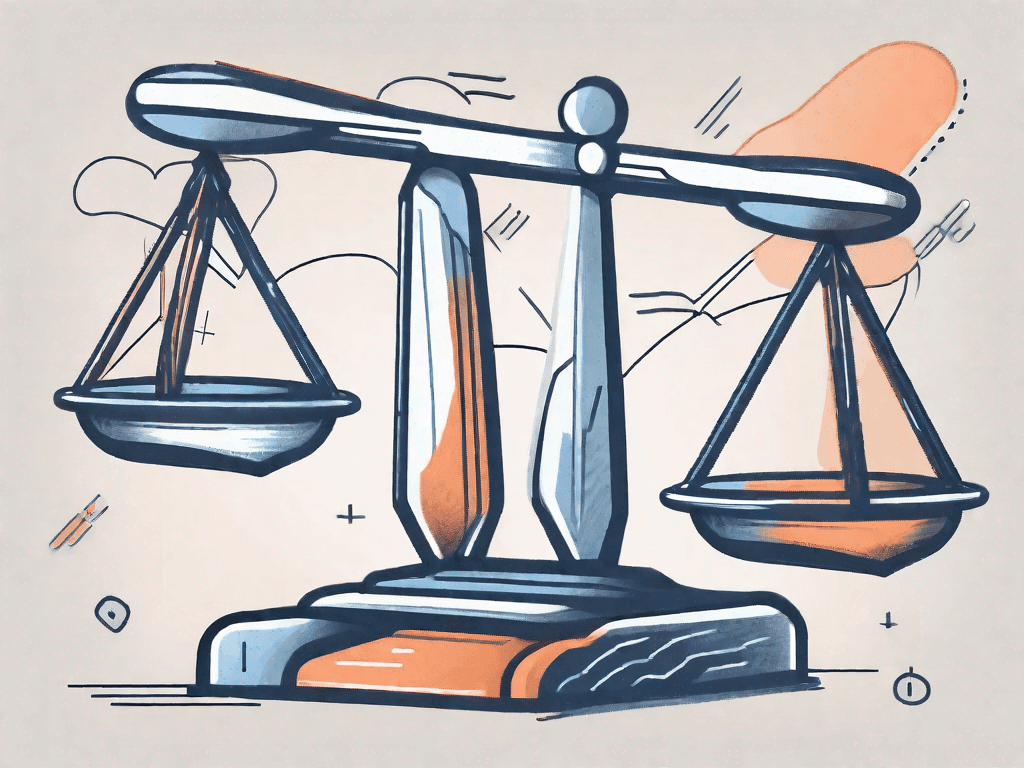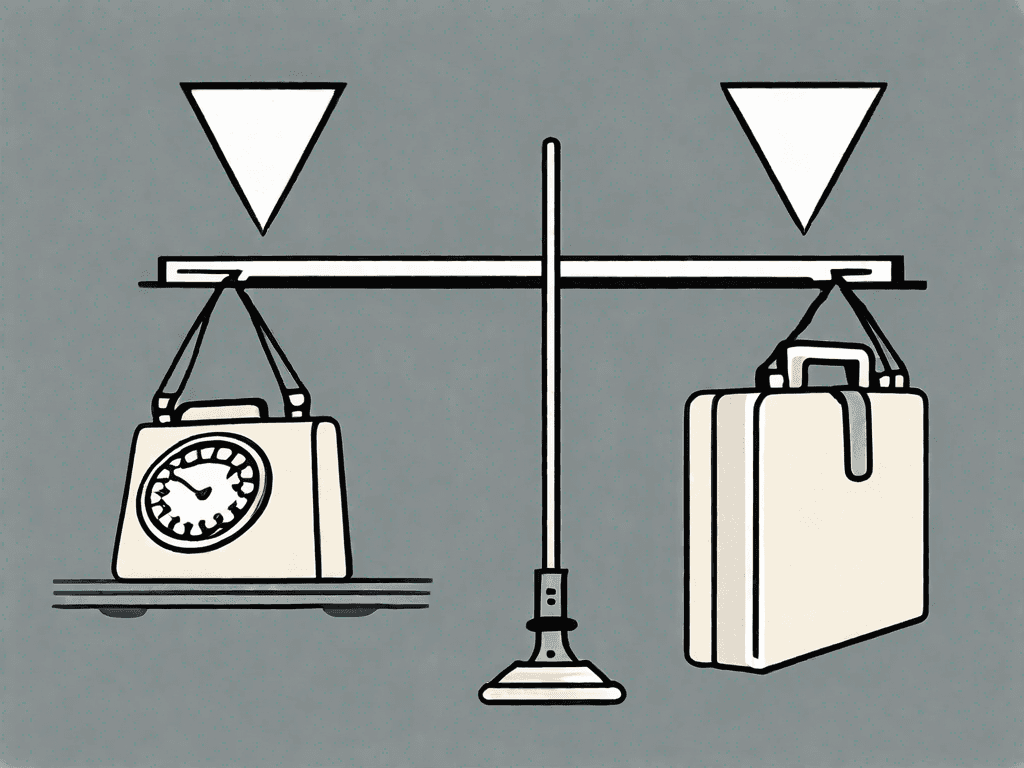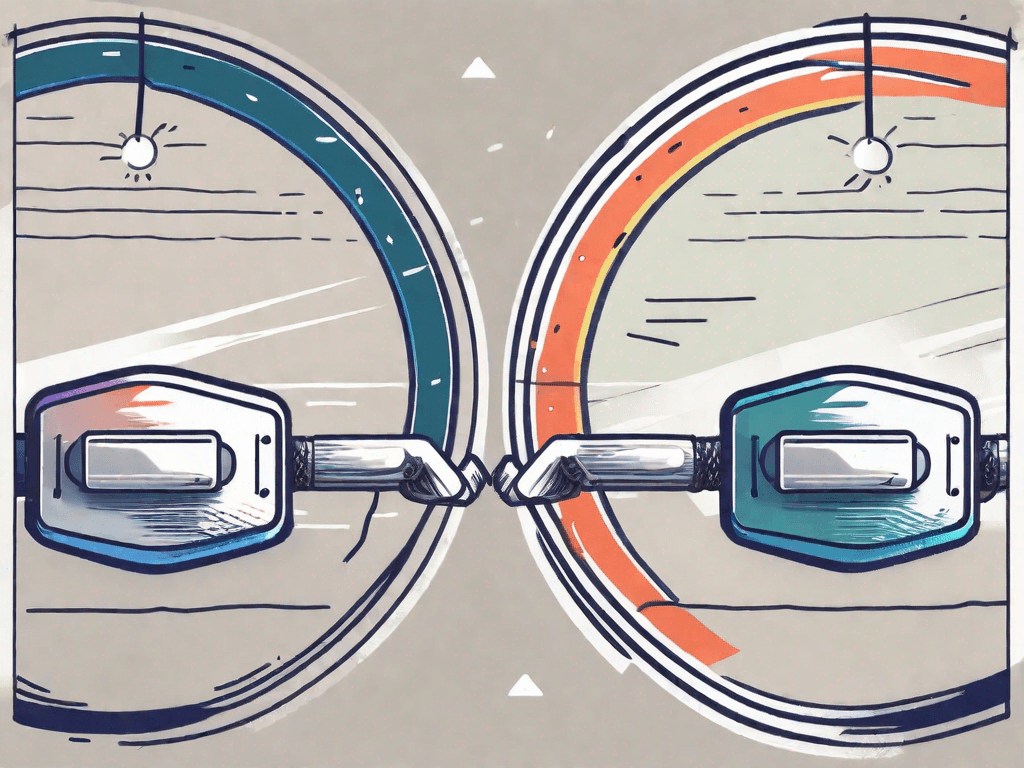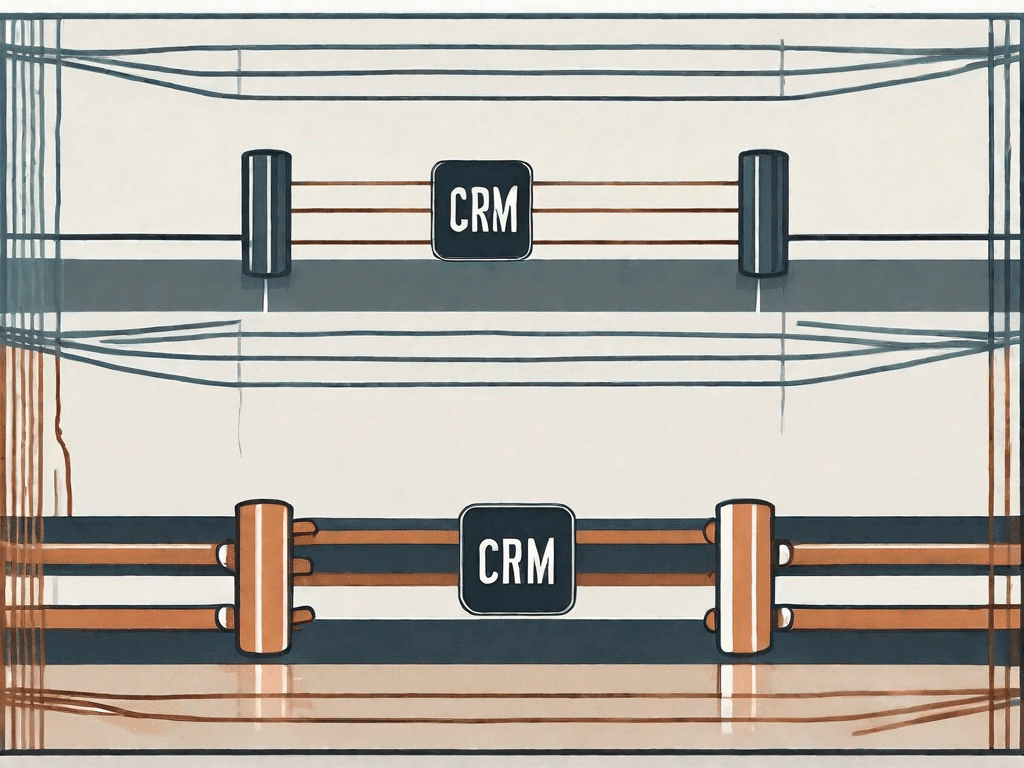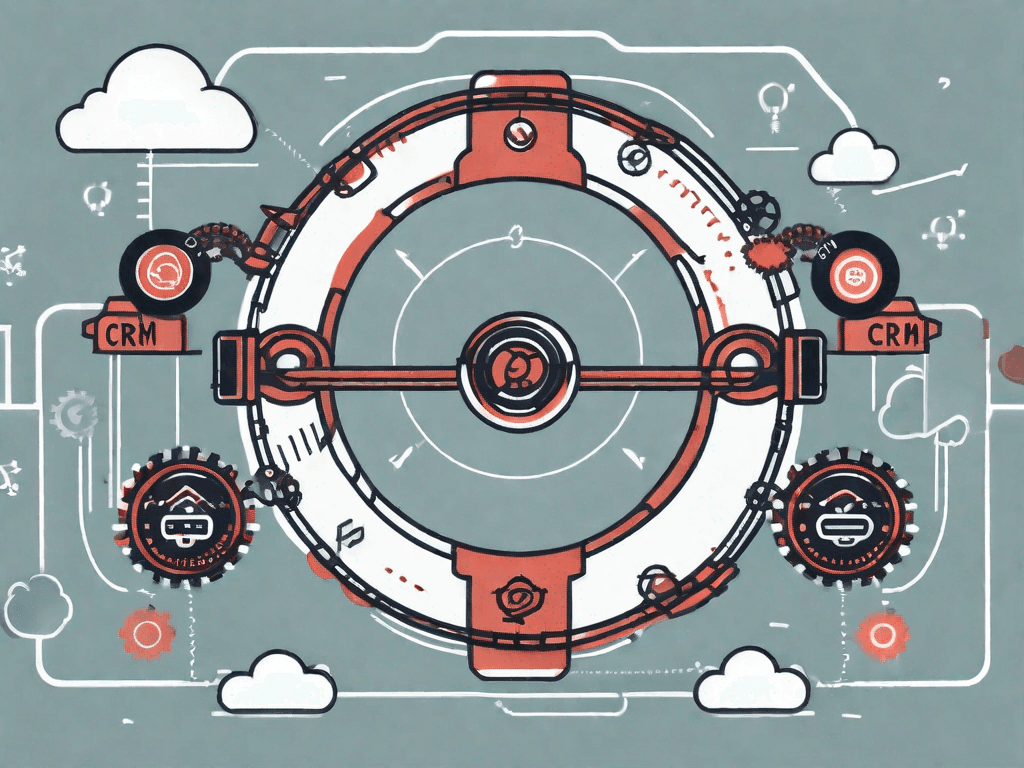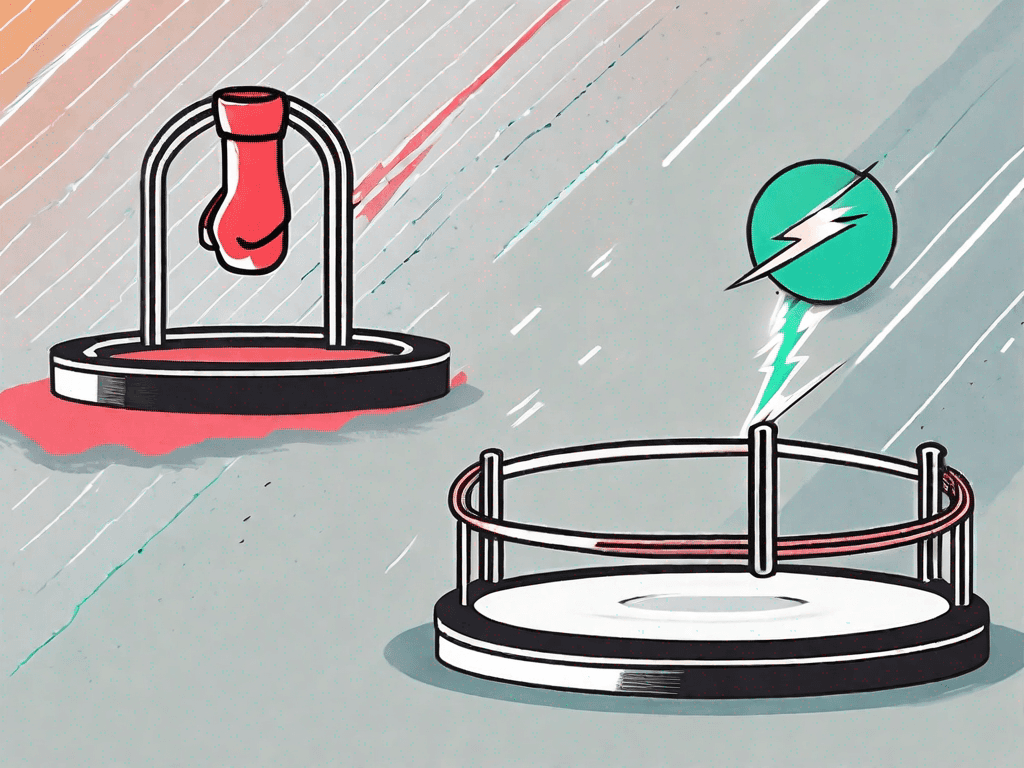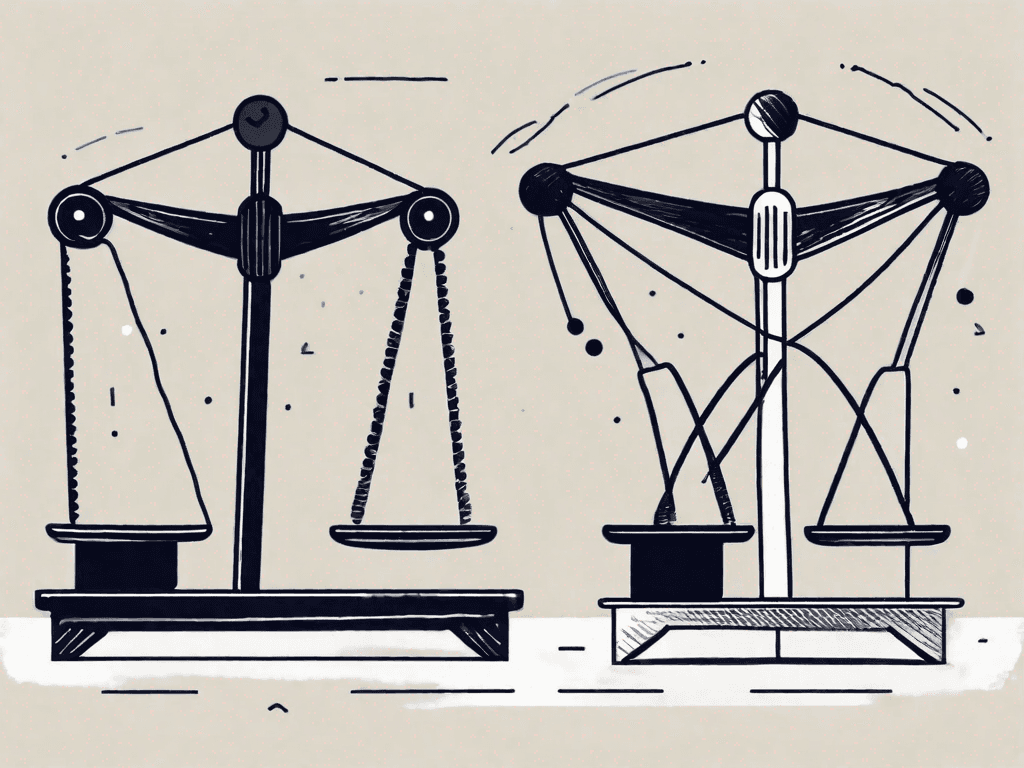
What Is the ROI of Implementing a CRM?
Implementing a Customer Relationship Management (CRM) system can be a significant investment for any business. As with any investment, companies want to understand the Return on Investment (ROI) of implementing a CRM. In this article, we will explore the concept of ROI in CRM implementation, the factors that influence ROI, how to calculate ROI, and strategies for maximizing the ROI of your CRM
Understanding the Concept of ROI in CRM Implementation
Before diving into the details, let's first define ROI and CRM. ROI, or Return on Investment, is a measure used to evaluate the efficiency or profitability of an investment. It represents the ratio of the net profit to the total investment cost. CRM, on the other hand, refers to a system that helps businesses manage their interactions with customers and prospects.
The Importance of ROI in Business Decisions
When it comes to CRM implementation, ROI is crucial for making informed business decisions. Understanding the ROI of implementing a CRM can help organizations justify the investment, allocate resources effectively, and prioritize their CRM initiatives.
Implementing a CRM system can have a significant impact on a company's bottom line. By effectively managing customer relationships, businesses can increase customer satisfaction, improve customer retention rates, and ultimately drive revenue growth. However, the decision to invest in a CRM system should not be taken lightly. It is important to carefully evaluate the potential return on investment to ensure that the benefits outweigh the costs.
One of the key factors to consider when calculating ROI is the cost of implementing a CRM system. This includes not only the upfront costs of purchasing and installing the software but also the ongoing costs of training employees, maintaining the system, and upgrading to newer versions. It is important to accurately estimate these costs to get an accurate picture of the potential ROI.
Another important factor to consider is the expected benefits of implementing a CRM system. These benefits can vary depending on the specific needs and goals of the organization. Some common benefits include improved customer satisfaction, increased sales productivity, more effective marketing campaigns, and better customer insights. By quantifying these benefits and estimating their monetary value, organizations can better understand the potential ROI.
Additionally, it is important to consider the time it will take to realize the benefits of implementing a CRM system. While some benefits may be immediate, such as improved data organization and streamlined processes, others may take longer to materialize. For example, it may take time for sales teams to fully adopt and leverage the system, resulting in a delay in seeing increased sales productivity. Understanding the timeline for ROI can help organizations set realistic expectations and plan accordingly.
Furthermore, it is important to consider the potential risks and challenges associated with CRM implementation. These can include resistance from employees, data migration issues, integration challenges with existing systems, and the need for ongoing training and support. Utilizing system integration service helps align systems smoothly, avoiding major disruptions. By identifying and addressing these potential roadblocks upfront, organizations can mitigate risks and increase the likelihood of a successful CRM implementation.
In conclusion, ROI is a critical factor to consider when implementing a CRM system. By carefully evaluating the costs, benefits, timeline, and potential risks, organizations can make informed decisions and ensure that the investment in CRM is worthwhile. Ultimately, a well-implemented CRM system can provide significant value to businesses by improving customer relationships, driving revenue growth, and gaining a competitive edge in the market.
Factors Influencing the ROI of a CRM
Several factors influence the ROI of implementing a CRM. By considering these factors, businesses can assess the potential returns and make informed decisions.
Cost of CRM Implementation
The cost of CRM implementation plays a significant role in determining the ROI. This includes the initial software licensing fees, hardware costs, implementation services, training, and ongoing maintenance expenses. It is essential to evaluate the total cost of ownership and compare it to the expected benefits to assess the ROI accurately.
Time and Efficiency Savings
One of the key advantages of a CRM system is its ability to streamline processes and improve efficiency. By automating routine tasks, tracking customer interactions, and centralizing data, CRM systems can save time and enhance productivity. The time and efficiency savings brought about by CRM implementation directly impact the ROI, as organizations can reallocate resources to more strategic activities.
Revenue Growth Potential
A well-implemented CRM system can drive revenue growth by improving customer relationships, enabling targeted marketing campaigns, and identifying upselling or cross-selling opportunities. By enhancing customer engagement and retention, businesses can increase their sales and revenues. The revenue growth potential directly impacts the ROI of CRM implementation.
Calculating the ROI of a CRM
Calculating the ROI of a CRM involves identifying key metrics, measuring CRM performance, and comparing the results against the investment cost.
Identifying Key Metrics
Prior to implementing a CRM system, organizations must identify the key metrics they will use to measure success. These metrics can vary depending on the business goals, but common ones include customer acquisition cost (CAC), customer lifetime value (CLTV), sales conversion rate, and customer satisfaction score (CSAT). By tracking these metrics before and after CRM implementation, companies can assess the impact on the ROI.
Measuring CRM Performance
Once the CRM system is in place, measuring its performance becomes essential. This involves analyzing the metrics identified earlier, such as tracking the reduction in CAC, increase in CLTV, improvement in sales conversion rate, or rise in CSAT scores. Regular monitoring and analysis of these metrics help businesses evaluate the effectiveness of their CRM implementation and make necessary adjustments to improve the ROI.
Maximizing the ROI of Your CRM
Implementing a CRM system is just the beginning; maximizing its ROI requires ongoing management and optimization.
Best Practices for CRM Implementation
Following best practices during CRM implementation is crucial to achieving a higher ROI. This includes involving key stakeholders early on, conducting thorough training sessions, and ensuring data accuracy and consistency. Additionally, customizing the CRM to align with the specific business requirements and processes can improve user adoption and effectiveness.
Ongoing CRM Management and Optimization
Regularly reviewing and optimizing the CRM system is essential for sustaining a high ROI. This involves analyzing user feedback, identifying system bottlenecks, and implementing continuous improvements. By ensuring the CRM system evolves with changing business needs and aligns with industry best practices, organizations can maximize their ROI and drive long-term value from their CRM investment.
Engaging with a specialized CRM development company can provide the expertise needed to customize and optimize your CRM system, further enhancing its effectiveness and return on investment.
Risks and Challenges in CRM Implementation
While there are numerous benefits to implementing a CRM system, it's important to acknowledge the potential risks and challenges.
Common Pitfalls and How to Avoid Them
CRM implementation projects can face challenges such as poor user adoption, lack of executive sponsorship, data integrity issues, or inadequate training. To overcome these pitfalls, businesses should prioritize change management, involve employees in the decision-making process, and provide comprehensive training and support. By addressing these challenges proactively, organizations can mitigate risks and increase the chances of a successful CRM implementation.
Overcoming Resistance to CRM Adoption
Resistance to change is natural, and CRM implementation is no exception. Employees may resist adopting new processes or technologies due to fear, skepticism, or lack of understanding. Companies can overcome resistance by creating a clear communication strategy, providing training and support, and highlighting the benefits of CRM adoption for both employees and the organization as a whole.
In conclusion, the ROI of implementing a CRM is a crucial consideration for any business. By understanding the concept of ROI in CRM implementation, evaluating factors that influence ROI, calculating ROI using key metrics, and implementing strategies to maximize ROI, organizations can make informed decisions, drive revenue growth, and achieve long-term success with their CRM investment.


















